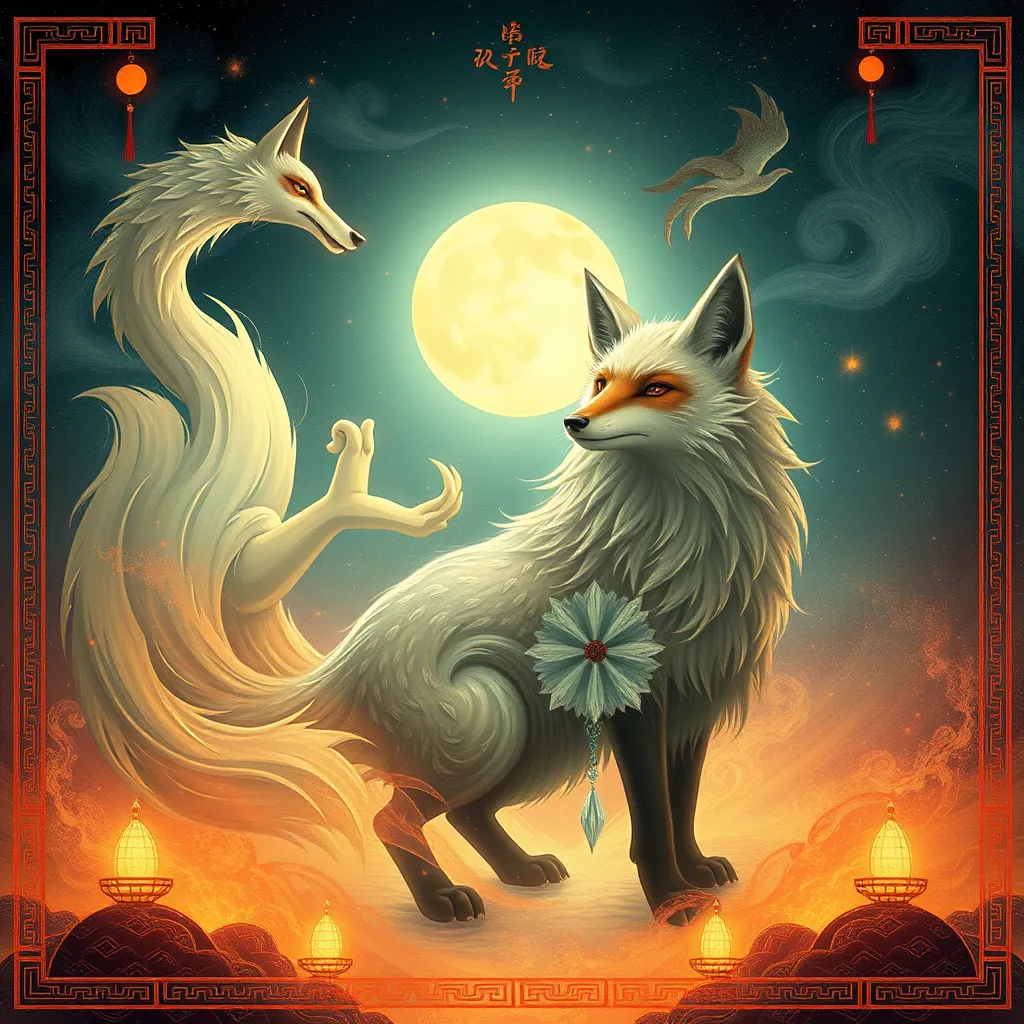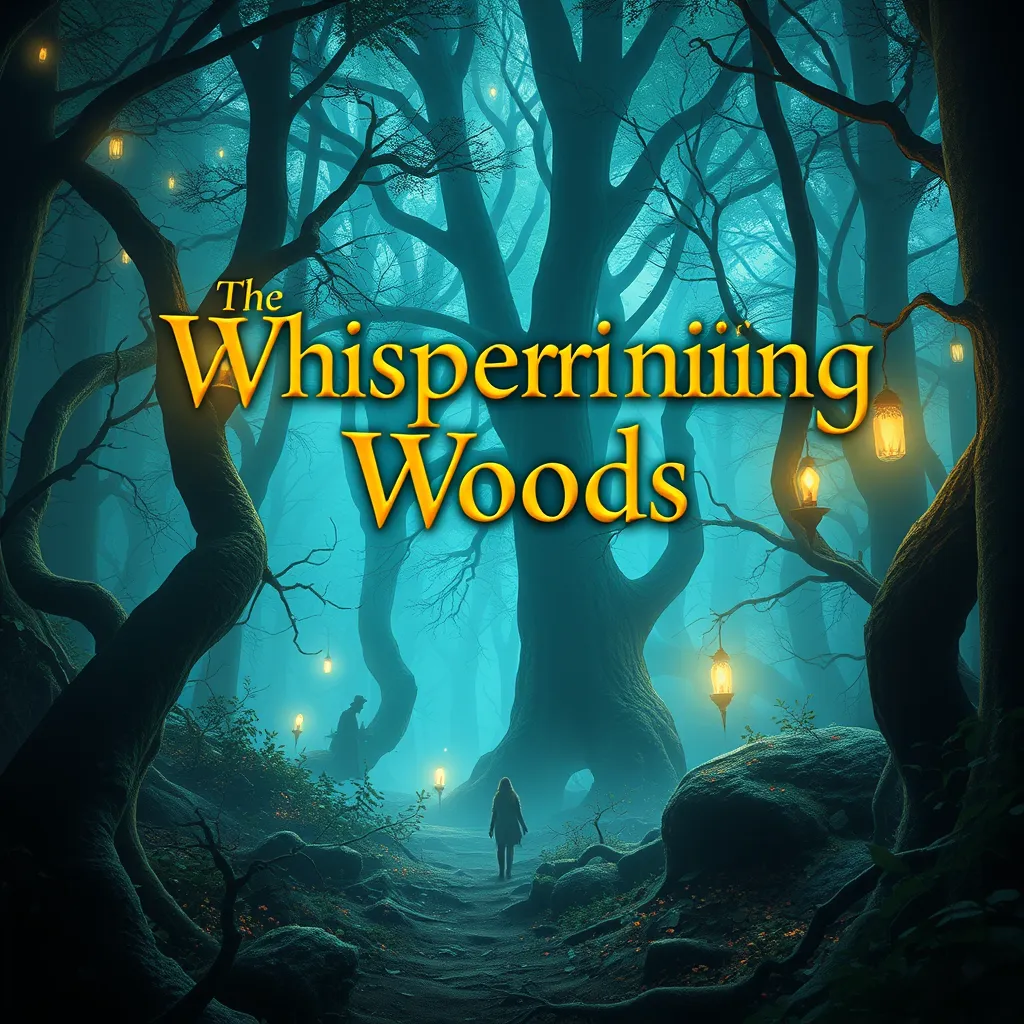Kitsune and the Afterlife: Exploring the Fox Spirit’s Role in Death and the Spirit World
I. Introduction
Kitsune, the mystical fox spirit of Japanese mythology, has long captivated the imagination of people both in Japan and around the world. With its ability to shapeshift and its deep connections to the spiritual realm, the Kitsune holds a unique place in folklore and religious practices. Death and the afterlife are significant themes in Japanese culture, interwoven with respect for ancestors and the spirit world. This article aims to delve into the role of the Kitsune in relation to death, exploring its functions as a guide, protector, and symbol within the spirit world.
II. The Nature of Kitsune: Spirits and Shapeshifters
Kitsune, derived from the Japanese word for fox, represents a complex entity that embodies both animalistic and divine qualities. These fox spirits are often depicted as having magical powers, particularly the ability to transform into human forms. The characteristics of Kitsune can be summarized as follows:
- Intelligence: Kitsune are known for their cunning and wisdom.
- Shapeshifting: They can change their appearance, often becoming beautiful women.
- Longevity: Kitsune can live for hundreds of years, gaining additional powers with age.
Kitsune are often categorized into two types based on their nature: benevolent and malevolent. Benevolent Kitsune, known as Inari or Yako, protect humans and bring prosperity. In contrast, malevolent Kitsune, or Noroi, are known to deceive and harm. This duality makes them fascinating figures within Japanese folklore and religion, symbolizing both protection and danger.
III. Kitsune as Guides to the Afterlife
In traditional Japanese beliefs, Kitsune are often viewed as guides for souls transitioning from the physical world to the afterlife. This guiding role is crucial in the journey of the soul, particularly for those who may be lost or confused after death. Some key points about their guiding role include:
- Spiritual Guides: Kitsune are believed to help souls navigate the path to the afterlife.
- Symbol of Transition: The fox symbolizes the transition between life and death, representing the fluidity of existence.
When comparing Kitsune to other cultural spirit guides, such as anubis in Egyptian mythology or the Grim Reaper in Western traditions, one can see similarities in their roles as facilitators of the journey beyond life.
IV. Kitsune and the Concept of Yūrei
Yūrei, or restless spirits, are an integral part of Japanese culture, representing souls that are unable to find peace after death. Kitsune have been known to interact with these spirits, often assisting them in finding closure. Understanding the connections between Kitsune and Yūrei reveals much about the spiritual beliefs in Japan:
- Assistance to Restless Spirits: Kitsune are said to provide guidance and comfort to Yūrei, helping them move on.
- Legends and Stories: Various tales depict Kitsune aiding lost souls, highlighting their role as benevolent protectors.
These interactions between Kitsune and Yūrei reinforce the notion of Kitsune as compassionate beings that embody the hope for resolution in the afterlife.
V. Rituals and Practices Involving Kitsune and Death
Shinto practices often include offerings to Kitsune, particularly during funerals or memorial services. Rituals that invoke Kitsune protection during these sensitive times can include:
- Offerings of Food: Rice and sake are often left as offerings to honor the spirits of the deceased.
- Ritual Cleansing: Purification rituals seek to remove impurities and ensure safe passage for the soul.
- Prayers and Incantations: Specific prayers may be directed towards Kitsune, asking for their guidance and protection.
Modern interpretations of these rituals reflect an ongoing connection to tradition, with adaptations that resonate with contemporary spiritual practices.
VI. Symbolism of the Fox in the Spirit World
The fox, as a symbol in the spirit world, carries deep meanings related to transformation and the interconnectedness of life and death. Key aspects of this symbolism include:
- Transformation: The ability of the Kitsune to shapeshift signifies the fluid nature of existence and the cycle of rebirth.
- Fertility and Prosperity: Inari, the deity associated with rice and fertility, is often depicted with Kitsune, further emphasizing their role in life and sustenance.
- Life and Death Cycle: Kitsune embody the idea that death is not an end, but a transition to another form of existence.
VII. Contemporary Interpretations of Kitsune in the Afterlife
In modern media, Kitsune continue to be represented in literature, film, and art, often reflecting their complex nature and spiritual significance. Examples of contemporary interpretations include:
- Literature: Novels often explore themes of identity and transformation through Kitsune characters.
- Film: Movies portray Kitsune as both protectors and tricksters, highlighting their dual nature.
- Art: Visual art often captures the ethereal beauty of Kitsune and their connection to the spiritual realm.
The influence of globalization has also brought new interpretations of Kitsune mythology, blending traditional beliefs with modern perspectives. Despite these changes, the core symbolism of Kitsune remains relevant in contemporary spiritual practices, serving as a reminder of the enduring legacy of Japanese folklore.
VIII. Conclusion
In summary, Kitsune play a multifaceted role in the afterlife, serving as guides, protectors, and symbols of transformation. Their interactions with Yūrei and involvement in rituals underscore their significance in Japanese culture’s understanding of death and spirituality. The enduring legacy of Kitsune continues to resonate in modern interpretations, demonstrating the timeless nature of these mystical beings in the intersection of mythology, death, and spirituality.



